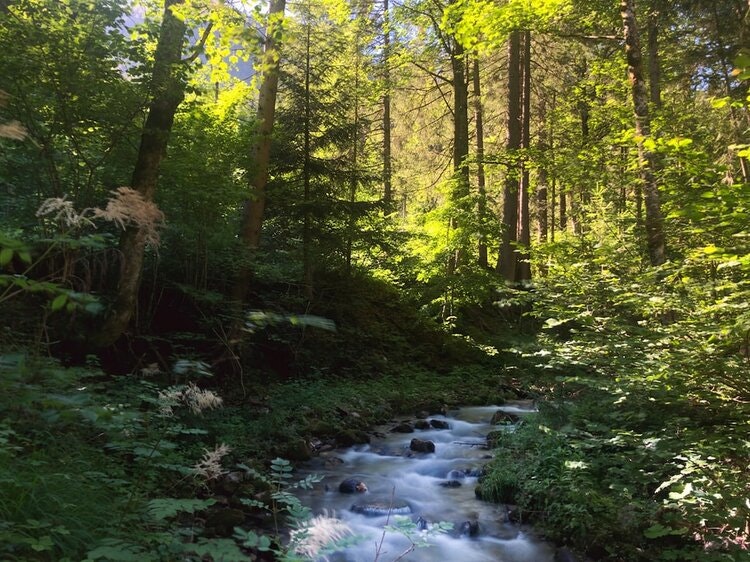DO YOU KNOW.... GUIDELINES FOR STREAMBANK MAINTENANCE, September 1, 2021

Heading into the rainy season can have many landowners anxious about high flows, mud, and drainage issues. The Oregon Department of Agriculture (ODA) has developed Oregon’s Administrative Agricultural Water Quality Area Rules as guidelines for agricultural producers to manage waterways on their lands and be in compliance with local water quality rules, but these tips can be helpful to anyone with surface flows or water flowing through their property.
To be in compliance with
“Area Rules”, maintenance activities must:
• Allow for the ongoing growth and establishment of streamside vegetation.
• Minimize sediment from entering or accumulating in streams or ditches.
• Prevent soil and gully erosion on stream and ditch banks.
“Area Rules apply to all year-round and seasonal streams (rivers, creeks), including channelized streams that may appear to be ditches. Removal of vegetation from a streambank or excavating accumulated sediment from a stream channel could lead to issues with water quality and put your operation out of compliance with Area Rules. Additionally, there could be areas along and near streams that are considered wetlands. Wetlands and streams are regulated, and certain aspects of your maintenance activities such as the amount of soil and material that is excavated could require a Removal-Fill permit from the Oregon Department of State Lands (DSL). Before beginning any maintenance activities, take the time to be fully informed about what kind of waterway you are working with and have a good understanding of where the surface water drains. It is important in choosing what practices and guidelines to use.
The objective should be to implement maintenance activities along or within streams in a manner that (1) supports your agricultural operation (2) promotes the ongoing growth and establishment of streamside vegetation, (3) is in compliance with Area Rules and other state and local regulations, and (4) has applicable permits.” (ODA) Consult with the Columbia SWCD or ODA for added assistance.

RECOMMENDATIONS FOR STREAMS
RECOMMENDED PRACTICES
• Brush management
• Riparian forest buffer
• Tree and shrub establishment
• Vegetated filter strips
CONDITIONS TO MANAGE FOR
• Woody vegetation is established
and growing along year-round
and seasonal streams.
• Streamside vegetation is composed
of trees and shrubs at a density and width necessary to stabilize the streambank during high streamflows, shade the stream, and filter pollutants.
• Trees and shrubs are planted in areas of damaged and cleared vegetation.
• Streambanks are free of gullies
and rills.

DID YOU KNOW?
What appears to be a ditch can actually sometimes be a highly channelized natural stream. Despite appearance or condition, natural streams are never considered ditches and management practices must adhere to “Area Rules.”
Contact ODA or the Columbia SWCD if you need assistance to determine whether you are working with a ditch or a natural stream.
TIPS TO CONSIDER:
• Limit maintenance to areas near drainage outlets and perform maintenance frequently enough to control overgrowth for access to inspect and repair.
• When maintaining vegetation use techniques such as pruning, mowing, or girdling, that allow the root system to remain intact and in the soil.
• Following ground disturbance and when conditions allow, plant native or non-invasive trees and shrubs into areas where vegetation was removed. Follow up plantings may be needed to achieve establishment.
• When planting, select a diverse mix of tree and shrub species that provide multiple bene-fits and are adapted to the duration of soil saturation of the site.
• If you are planning to remove woody vegetation along streams, such as large trees and shrubs, Oregon Department of Forestry regulations may also apply in addition to Area Rules.
